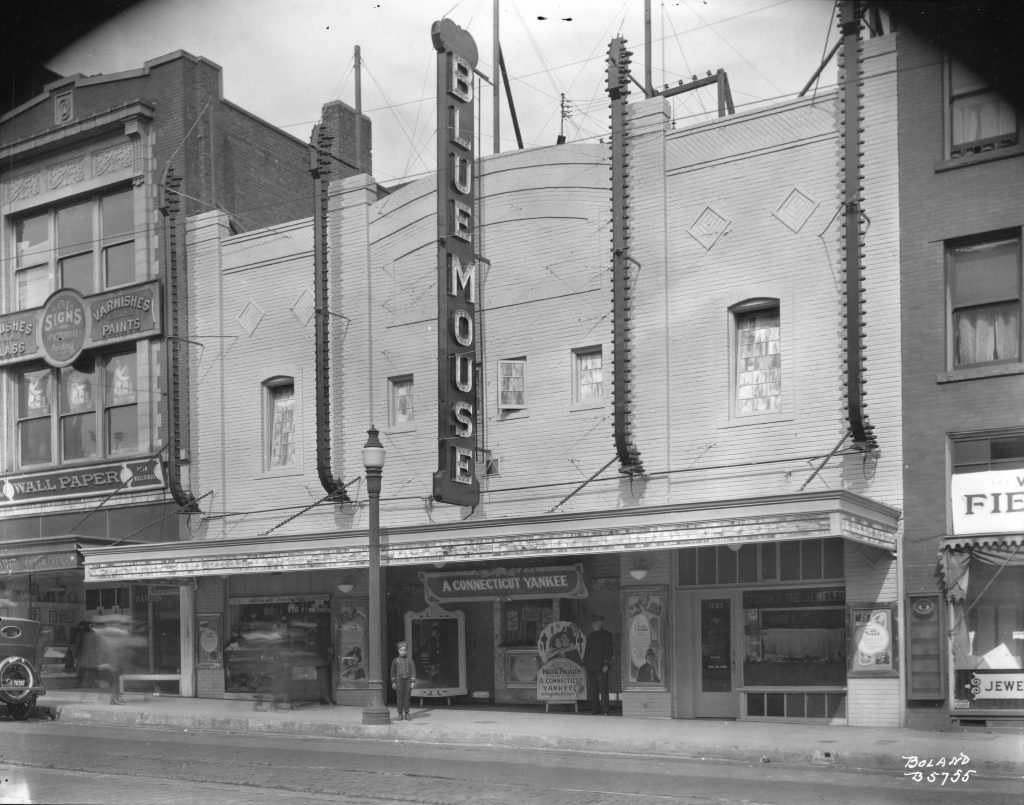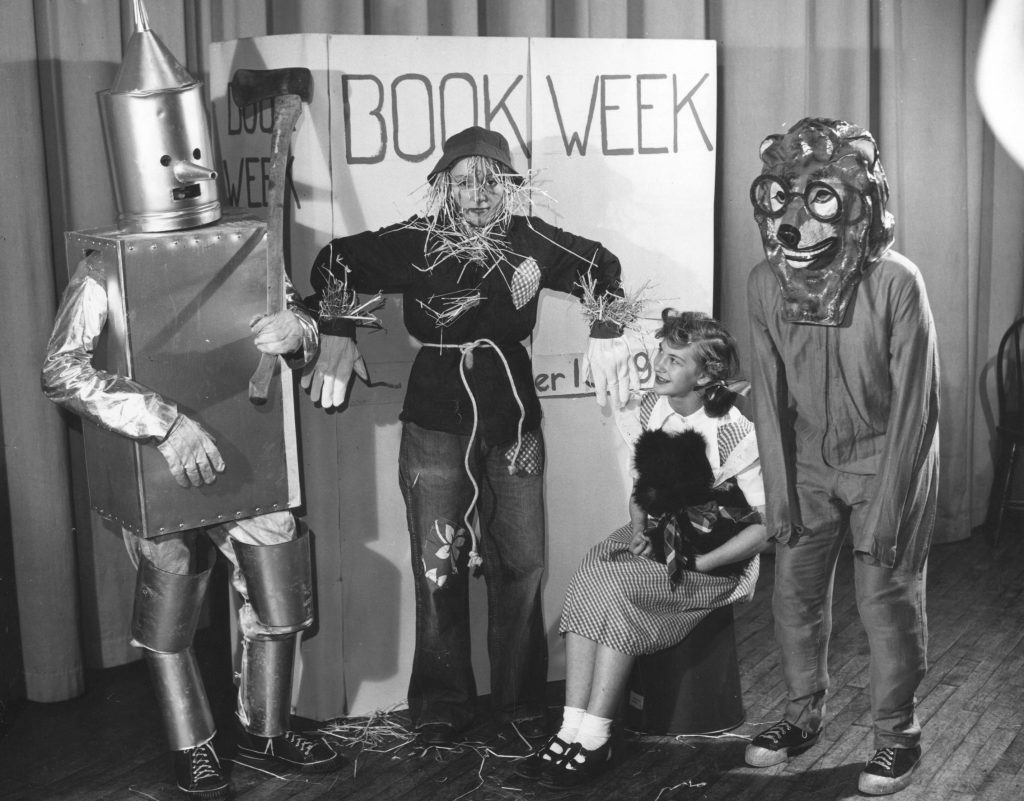Young Dorothy Gale (played by Judy Garland) spoke to her pet dog as she stepped into the magical, colorful land of Oz on Tacoma screens in 1939. “Toto, I’ve a feeling we’re not in Kansas anymore.” Although Dorothy’s story would have been familiar for audiences, they were in for a new experience.
The movie was based on Frank Baum’s 1900 children’s novel “The Wonderful World of Oz.” Before he wrote the book, Baum (1856-1919) struggled to get his works published and even worked for a time as a traveling salesman to make ends meet (when he allegedly met my great-grandmother). Oz was a smash hit. It told the story of Dorothy, a young girl from Kansas who is whisked away to the magical land of Oz with her small dog Toto. Before returning home, she meets many interesting characters in Oz, especially the Scarecrow, Tin Man, Cowardly Lion and terrifying Wicked Witch of the West.
Baum ended up writing 13 more books set in the Oz universe. It was so popular that other authors continued the original series even after his death.

In 1902 the first book was turned into a stage play, “The Wizard of Oz.” While the play met rave reviews on Broadway, its tour version met with generally negative reviews. It came to Tacoma on October 26, 1904. The Tacoma Daily Ledger agreed with critics but praised L’s special effects. J. Wyckoff played Imogene the cow who replaced Dorothy’s pet dog in the play. Wyckoff, they wrote, “does his work much to the huge enjoyment of all. The audience is kept in an uproar most of the time.” In an interesting twist of fate, Wyckoff would later own a lavender farm in nearby Thurston County.
Tacomans had better luck in 1913 when another Oz play, “The Tik-Tok Man of Oz,” was performed on December 13. Based on the sequels to “The Wonderful World of Oz,” it starred Dolly Castles as Princess Ozma. While the troupe arrived too late to hold a matinee show, children were admitted for half price at the evening performance.
Ironically both plays were staged at the Tacoma Theater at Ninth and Broadway Street. Built in 1890, it was later renamed the Music Box Theater, and that was where “The Wizard of Oz” film would later be shown.
Besides the stage, Baum’s Oz stories were also put on the big screen. The earliest film was “The Fairylogue and Radio-Plays” (1908). Other silent movies followed, including “The Wonderful Wizard of Oz” (1910), “The Patchwork Girl of Oz” (1914) and “The Wizard of Oz” (1925). Some of these films survive even today and are available on YouTube.

By 1939 motion pictures had come a long way and were a booming business as people sought escape from the lingering problems of the Great Depression. With the introduction of sound, musicals became popular. So, MGM decided to make a musical about the first Oz book in dazzling Technicolor. (Dorothy was even given more photogenic ruby slippers instead of the silver shoes she wore in the book). “The Wizard of Oz” was released on August 25.
In an era when films could take months to arrive in local theaters, “The Wizard of Oz” came to Tacoma quickly. The film debuted on August 30 at the Music Box Theater. Most people would already have heard of the film, which generated several articles in the celebrity news columns of the local newspapers. The movie, billed as “the greatest motion picture since Snow White,” was a smash hit, and its run at the theater was even extended a week due to high demand.
After the Music Box stopped showing “The Wizard of Oz,” other theaters in the city started playing the film through December. These included the Blue Mouse, Kay Street, Park, Proctor, Realart, Rex, and Temple Theaters. Or people may have chosen to see a play version (combined with Little Red Riding Hood) at the Frosh Stunt night on September 24 at the University of Puget Sound.

Despite the films’ nearly two-hour runtime, it was often part of a double feature. In Tacoma, it was played with a number of shorter films, including “Backdoor to Heaven,” “Chasing Danger,” “Risky Business,” and “Soldiers with Wings.” These other movies could be quite different in tone than the Oz film. “Backdoor to Heaven,” for example, tells the tragic (and violent) story of a delinquent teen who grows up to become a condemned criminal.
“The Wizard of Oz” was re-released in theaters in 1949 and 1955. It later became a popular film on television, introducing the story to new generations.
But Tacomans would not have to wait that long for a chance to see people from the film. On December 18, 1939, the Elks hosted the “Vaudeville Hit Parade” at the Temple Theater to raise money for their annual Stocking Fillers program for children and families in need during the holidays. The ten-act show featured young “starlets” from radio and popular films, including “The Wizard of Oz.”
Others could have seen the Masters and Grayce comedy duo perform at Club Moderne in March 1940. Frankie Masters, a double for the Tin Man in the film, starred in this new floor act.
The Wizard of Oz continues to be a force in popular culture today, including graphic novel versions by artist Skottie Young, films like “Oz the Great and Powerful” (2013), the Broadway musical “Wicked” and appearances of characters in fantasy television shows like “Once Upon a Time.” There’s even a Land of Oz theme park in North Carolina. The story’s enduring popularity has made the 1939 film a beloved classic in Tacoma and around the world.




































